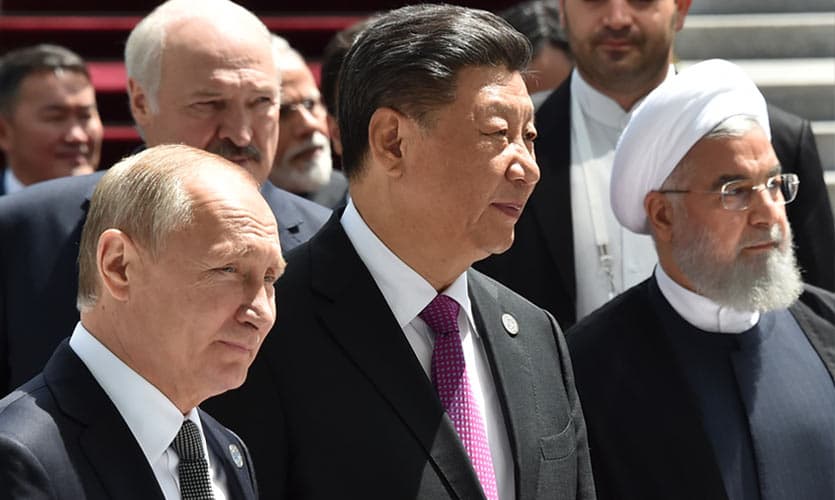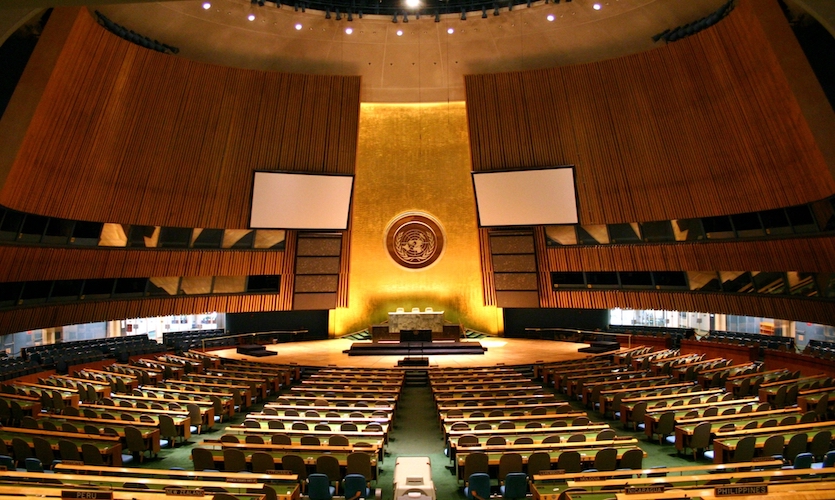Over the course of less than a week, the Taliban took control of almost a dozen Afghan cities. The group wasted no time in removing the beleaguered Afghan government once the US soldiers left. Looking at the country’s key geographical location and the geopolitical situation in the surrounding area that includes countries backing the Taliban, this conclusion was inevitable. In an area rich in natural resources, Afghanistan is ideally positioned between central and south Asia. Historically, it has had to contend with the aspirations of many ethnic groups to establish ancestral homelands. These are some of the reasons why Afghanistan has faced constant meddling from Russia, the UK, the US, Iran, Saudi Arabia, India and Pakistan.
So far Russia, China and Iran have shown active support for the Taliban, warranting a necessary insight.
Russia
On Sunday, Russian news agencies reported that President Vladimir Putin has rejected the idea of sending Afghans to nearby countries for evacuation. Putin said that he didn’t want “militants showing up here under the cover of refugees”. In his comments, the Russian president criticised Western countries’ idea of relocating Afghanistan’s refugees to nearby countries in Central Asia while their visas to the United States and Europe are processed.
A BBC report states that Russian diplomats claimed the capital was safer now that there were no more “surge” attempts. In his statement on Friday, Putin noted that the Taliban’s takeover of Afghanistan was a reality they had to cope with. Regional stability and Russia’s own painful history with Afghanistan are two major factors influencing the country’s policy towards Afghanistan. Russia wants to ensure secure borders to protect its Central Asian allies, and to quell terrorism and drug trafficking.
According to Firstpost, Russia’s primary concern at this point is its own safety. It wants to ensure that Afghanistan’s post-US withdrawal insurgency won’t cross its borders. Furthermore, Russia fears that stalled diplomatic negotiations could allow the Daesh (ISIS) to consolidate its presence in Afghanistan, and their expansion in the region. The potential presence of the Daesh in the North Caucasus region will be a threat to peace. Another priority for Moscow is cutting off the damaging flow of narcotics out of Afghanistan through Central Asia and into the Russian markets.
China
Within hours after the Taliban took control of Kabul, a Chinese foreign ministry spokesperson said that Beijing was “ready to develop good neighborhood and friendly cooperation” with Afghans. Hua Chunying, Beijing’s spokeswoman, welcomed the Taliban’s desire “to grow solid relations with China”. According to News18, the Taliban has also expressed its acknowledgement of China’s role in reviving and transforming Afghanistan. China has characterised the Taliban as an “important military and political force in Afghanistan”, ignoring the group’s crimes and portraying it as a reformed lot.
However, China is concerned about the spillover from the Taliban’s rise into Xinjiang region, as well as the impact on the country’s massive investments in Central Asia and Pakistan as part of the Belt & Road Initiative (BRI). For years, the Chinese government has been using detention camps and forced labour as a form of persecution against the Uyghur Muslim minority in Xinjiang.
China also fears that the Turkistan Islamic Movement will renew attacks against Chinese citizens in Xinjiang, in revenge for the country’s atrocities against the Uyghur Muslims. China has been striving to engage with the Taliban in a non-violent manner. Although the Taliban’s reception of these efforts so far has been positive, one cannot say how long the cooperation will last.
Iran
Iran appears to be on edge due to the Afghan government’s worsening security situation and loss of ground to the Taliban. The Islamic Republic might also look at the latest development as a chance to secure an advantage against the United States and increase its influence in the region.
Iran’s foreign ministry had hosted delegations from the Afghan government and the Taliban on July 7-8, in an effort to fill the diplomatic void left by the departing US forces, while also communicating its concerns about security. Iranian military deployments have bolstered efforts on the Afghan frontline in addition to its diplomatic efforts. Several videos posted on social media show weapons and equipment being transported to the border from the Islamic Revolutionary Guard Corps (IRGC) and the Russian armed forces. Some of the air force’s eastern-based fighters have reportedly been placed on high alert.
In light of the Sunni Taliban’s recent capture of two Shia towns in Bamyan province, Iranian leaders are eager to protect (and potentially control) Shia Muslim communities in Afghanistan.
Strings Attached
The Taliban, according to Russian President Putin’s special representative in Afghanistan – Zamir Kabulov – guaranteed security for the Russian embassy, suggesting that communications were open between the Russians and insurgents during the march on Moscow. Moreover, the removal of American troops also lends Russia an opportunity to assert its position in the region. Temur Umarov, an expert on Central Asia at the Carnegie Moscow Center think tank, has also said that Russia will be eager to take advantage of the unstable security situation in the region by strengthening its influence there.
Simultaneously, although China is concerned about future retaliation attacks, it also cannot take its gaze away from Afghanistan’s trillion-dollar natural assets, particularly its wealth of rare earth elements. Even though the Taliban overthrew Ashraf Ghani’s government, the mostly uneducated renegade Taliban members with near-zero political experience may not have the capacity to successfully govern a country, build an economy, and produce sustainable income.
Furthermore, according to Money Control, the financial blockade put by the US on the Afghan government’s monetary reserves will significantly limit the Taliban’s ability to get major finance. China views this as a chance to present itself as a “saviour” of the Taliban government, by giving them financial resources and technological know-how in exchange for unrestricted access to the natural riches of Afghanistan and a strong commitment from the group to break relations with the Turkistan Movement.
Moreover, according to the Conversation, in order to avoid dangerous destabilisation in Afghanistan and further its interests there, Tehran may pursue three main options: 1) support for a Taliban takeover while signing tactical and strategic agreements with the group; 2) fighting a proxy war against the group; 3) or, direct intervention in the country.
Read more: Panjshir Valley: The Last Stronghold Of Resistance Against The Taliban
Taliban control is considered by many Iranians as the only viable political option for Afghanistan, or at least for a friendly Islamic state. Iranian weapons have a long history of crossing the border due to this belief. It is likely that some of these weapons have at least some ancestry in Iran, since many have been confiscated from the Taliban over the years, especially those used by Shia groups in Iraq during the 2005-2011 insurgency.
In spite of their ideological differences, all three share a great deal in common, including their anti-US stance and radical views. According to News18, as long as the Taliban is willing to provide credible guarantees to protect Afghan Shia interests, this affinity could pave the way for future strategic cooperation. If there are no such understandings, Tehran likely fears that a full Taliban takeover would allow more extremist Sunni elements to flourish in Afghanistan. The Salafist factions could openly attack Shia communities, triggering a large influx of refugees to Iran. In spite of these concerns, Iran and Taliban officials are likely to maintain a de facto ceasefire and cooperate on tactical levels and minimise these issues.
Tehran may instead use militia forces to prevent complete Taliban control, as it did in Iraq and Syria. The country has an effective weapon to accomplish this – the seasoned Fatemiyoun Brigade, a militia of Afghan fighters recruited, trained, and equipped by the Qods Force for fighting in Syria since 2012. The fighters could theoretically be organised and trained into other militias inside Afghanistan, and work in unison with Fatemiyoun veterans, Qods Force officers, and former Northern Alliance warlords. Iran may opt for more direct military action if they hope to support the Afghan government, provide protection for Shias, and/or avoid a total Taliban victory.










